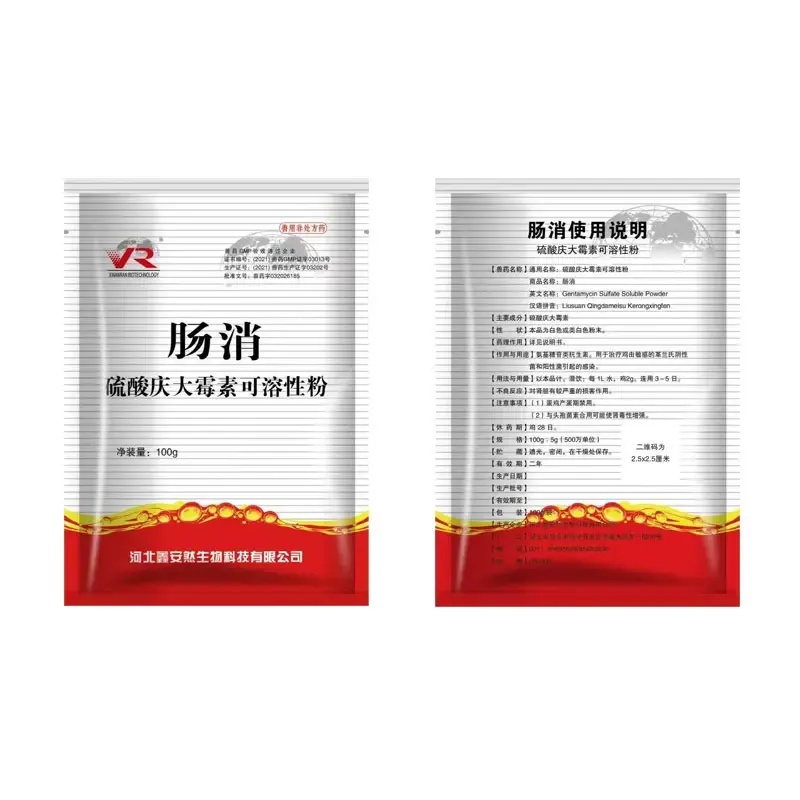- Afrikaans
- Albanian
- Amharic
- Arabic
- Armenian
- Azerbaijani
- Basque
- Belarusian
- Bengali
- Bosnian
- Bulgarian
- Catalan
- Cebuano
- Corsican
- Croatian
- Czech
- Danish
- Dutch
- English
- Esperanto
- Estonian
- Finnish
- French
- Frisian
- Galician
- Georgian
- German
- Greek
- Gujarati
- Haitian Creole
- hausa
- hawaiian
- Hebrew
- Hindi
- Miao
- Hungarian
- Icelandic
- igbo
- Indonesian
- irish
- Italian
- Japanese
- Javanese
- Kannada
- kazakh
- Khmer
- Rwandese
- Korean
- Kurdish
- Kyrgyz
- Lao
- Latin
- Latvian
- Lithuanian
- Luxembourgish
- Macedonian
- Malgashi
- Malay
- Malayalam
- Maltese
- Maori
- Marathi
- Mongolian
- Myanmar
- Nepali
- Norwegian
- Norwegian
- Occitan
- Pashto
- Persian
- Polish
- Portuguese
- Punjabi
- Romanian
- Russian
- Samoan
- Scottish Gaelic
- Serbian
- Sesotho
- Shona
- Sindhi
- Sinhala
- Slovak
- Slovenian
- Somali
- Spanish
- Sundanese
- Swahili
- Swedish
- Tagalog
- Tajik
- Tamil
- Tatar
- Telugu
- Thai
- Turkish
- Turkmen
- Ukrainian
- Urdu
- Uighur
- Uzbek
- Vietnamese
- Welsh
- Bantu
- Yiddish
- Yoruba
- Zulu
Oct . 06, 2024 08:45 Back to list
amoxicilline injectable im
The Role of Amoxicillin Injectable in Modern Medicine
Amoxicillin, a widely used antibiotic, is part of the penicillin family and is known for its effectiveness against various bacterial infections. The injectable form of amoxicillin, often referred to as amoxicillin injectable, plays a crucial role in the treatment of serious infections where rapid therapeutic action is necessary. This article explores the significance, uses, administration methods, and safety concerns associated with amoxicillin injectable.
Significance of Amoxicillin Injectable
Amoxicillin injectable is primarily indicated for severe infections caused by susceptible organisms, including respiratory tract infections, skin and soft tissue infections, and certain types of gastrointestinal infections. Its effectiveness against both gram-positive and some gram-negative bacteria makes it a versatile choice in clinical settings. For patients who cannot take oral medications due to various reasons such as vomiting, swallowing difficulties, or severe infection requiring immediate treatment, the injectable form serves as a vital alternative.
Administration and Dosage
Amoxicillin injectable is typically administered intravenously or intramuscularly. The choice between these two routes often depends on the severity of the infection and the patient's condition. Intravenous administration allows for higher blood levels of the antibiotic, providing more immediate effects. The dosage may vary based on the type and severity of the infection, as well as the patient's age, weight, and overall health. Healthcare providers must carefully assess these factors to ensure the effective use of this medication.
Indications
amoxicilline injectable im

The injectable form of amoxicillin is used in various scenarios. It is often indicated for conditions such as
- Pneumonia Due to its efficacy against common pathogens causing lung infections. - Septicemia Amoxicillin can be part of the treatment regimen for patients with bloodstream infections. - Bone and Joint Infections For those with osteomyelitis, injectable amoxicillin can penetrate well into bone tissue. - Post-Surgical Infections Its rapid action makes it suitable for preventing or treating infections following surgical procedures.
Safety and Side Effects
While amoxicillin injectable is generally well-tolerated, it is not without risks. Allergic reactions can occur, particularly in individuals with a history of penicillin allergy. Common side effects may include nausea, vomiting, diarrhea, and rash. In rare cases, more severe side effects, such as liver dysfunction or severe allergic reactions, can occur. Monitoring the patient throughout the treatment is essential to manage any adverse reactions promptly.
Conclusion
In conclusion, amoxicillin injectable remains an essential tool in the arsenal against bacterial infections. Its rapid action and broad spectrum of effectiveness make it indispensable for patients requiring immediate treatment, especially in hospital settings. However, as with any medication, it is crucial to weigh the benefits against potential risks. Ongoing research and clinical evaluations continue to refine its usage, ensuring that amoxicillin injectable retains its pivotal role in modern medicine. As we advance our understanding of antibiotic resistance and the evolving landscape of bacterial infections, medications like amoxicillin will undoubtedly adapt, maintaining their relevance for years to come.
-
Guide to Oxytetracycline Injection
NewsMar.27,2025
-
Guide to Colistin Sulphate
NewsMar.27,2025
-
Gentamicin Sulfate: Uses, Price, And Key Information
NewsMar.27,2025
-
Enrofloxacin Injection: Uses, Price, And Supplier Information
NewsMar.27,2025
-
Dexamethasone Sodium Phosphate Injection: Uses, Price, And Key Information
NewsMar.27,2025
-
Albendazole Tablet: Uses, Dosage, Cost, And Key Information
NewsMar.27,2025













